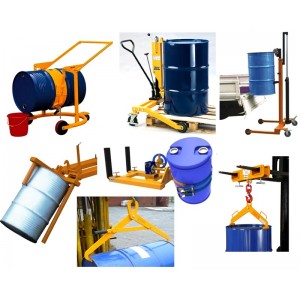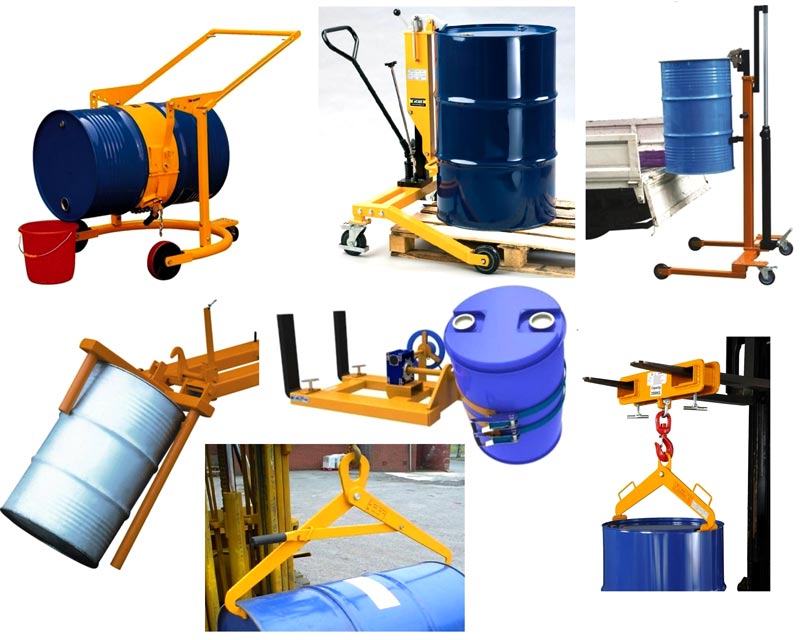
These potential risks can be extremely dangerous in the workplace, chemical contact can lead to disfigurement, chemical burns or even death in the worst case scenario. Skeletal and muscular injuries will also be prevalent when manually handling loaded drums. However, there are always ways in which risks can be mitigated, and include:
Making sure the workplace is clean – a clean workplace is much safer than a cluttered workplace. Therefore, make sure the floor space is free from debris and that it is not slippery, as this could obstruct the lifting operation. Ensure the drum is completely sealed and cleaned externally of any chemical spills prior to handling.
Workers must be provided with the proper equipment and training in order to allow them to perform lifting and lowering tasks safely. Here at Lifting Gear Direct, we stock many different types of lifting equipment and accessories to aid the lifting and lowering of drums. See our full range here.
Forklift mounted drum handling devices are a great choice for lifting and moving drums but if you don't own a forklift then perhaps a drum truck, trolley, drum stacker or drum rotator would be more suitable. Drum lifting clamps are another source of drum lifting equipment, these are typically used with a crane/hoist to lift drums higher than normal.
Follow proper guidelines – make sure all workers follow the requirements set out under The Lifting Operations and Lifting Equipment Regulations 1998 (LOLER). This legislation applies to all workplaces that use lifting equipment, with requirements including making sure all equipment is safe for purpose, and all employees have been suitably trained
We hope the above information has been helpful in answering any questions you may have regarding staying safe when handling drums in the workplace. The handling of industrial drums can be an extremely safe process when proper precautions are taken and the right equipment is used. If you wish to find out anything else regarding industrial lifting drums, please do not hesitate to contact the Lifting Gear Direct team, who will be happy to answer any questions you many have. You can contact them here.

December 6, 2017